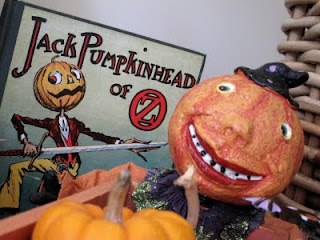
The Guardian offers up some spooky reading ideas, here.
The Huffington Post suggests some literary tricks or treats, here.
Biblioklept takes note of seven horror stories masquerading in other genres, here.
And talking about spooky reads, was there an actual Dr. Frankenstein? Find out, here.
Here you'll find a Halloween slide show of cautionary tales for children.
Oh, William Blatty has polished up The Exorcist, by the way.
Oh, and the newest issue of Granta revolves around horror.
Byliner also offers up some Halloween-themed magazine journalism, here.


















































